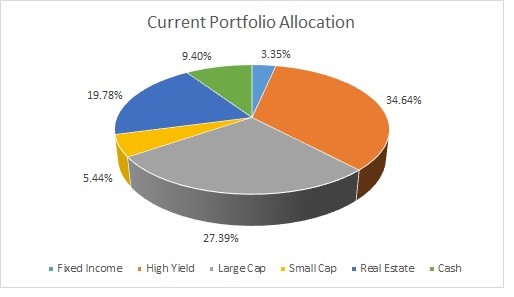Rates Vary Widely As More Advisers Use Fees Wealth Manager
Post on: 16 Март, 2015 No Comment

By JENNIFER HOYT CUMMINGS
As more financial advisers move to a fee-based business model, they still seem to be experimenting with what the best rate is to charge a client.
The average fee charged by an adviser leveled off in 2010 after dropping year-over-year in the two previous years, according to a study released Monday by PriceMetrix. But individual rates varied dramatically, even for clients with similar asset levels to manage.
Fee-based models, under which advisers typically earn a percentage of the total assets they manage for their clients, are gaining in popularity as clients increasingly rely on their advisers for broad financial services. This is a shift from the traditional, transactional-based model, under which advisers earn a commission for every deal they broker.
The average adviser opened 14.5 fee-based accounts in 2010, up from 13.5 in 2009 and 11.5 in 2008, according to Toronto-based PriceMetrix, and the average advisers assets in fee-based accounts in 2010 rose 24% from 2007. PriceMetrix, compiled the data via its practice-management software, which is used by 15,000 advisers across the U.S. and Canada.
The study also found that advisers average fee, or return on assets, was 1.32% in 2010, about flat with the 2009 rate of 1.31%. Thats down from 1.41% in 2008 and 1.47% in 2007. The rates were likely higher in 2007 because the markets were more stable then, making advisers feel more comfortable charging a higher fee, PriceMetrix Chief Executive Doug Trott said.
One would expect larger clients to garner a lower fee, and PriceMetrix found that to be the case. Clients of between $1 million to $2 million came with an average fee of 1.17%, while $5 million-plus clients were charged 0.6% on average.
However PriceMetrix said there is a wide disparity in the rates advisers are charging, even when factoring for differences in client size. Looking at advisers working on clients between $250,000 and $500,000, the most expensive quartile of advisers charged an average fee of 2.08%, while the least-expensive quartile charged an average of 0.81%, the study found.
This spread could explained by the fact that advisers differ widely on the level of services they offer. For instance, some just occasionally rebalance their clients accounts, while others create and manage stock portfolios for their clients or provide extensive financial plans.
Still, Trott thinks the spread is so large it shows that advisers are too often using hearsay to set their rates. He concedes that his firm would benefit from more people seeking scientific-based calculations, but says advisers should look for good data on fees by whatever means they can.
You cant let the client set the price its not their proposition, Trott said.
David Armstrong, a managing director of Virginia-based Monument Wealth Management, doesnt believe most advisers are uncertain about how much to charge. Hes confident in his own rate schedule.

I know exactly what Im going to charge a client, I know exactly what my profit margin will be, he says. And I know exactly how much work Id be putting into each scenario.
However, Nicholas Pascarella, an independent adviser affiliated with Multi-Financial Securities Corp. says that when speaking at a Cetera Financial Group training conference last week for advisers transitioning to fee-based models, he fielded numerous questions about how to set and structure fee plans.
Pascarella, who said his maximum fee is 1.75%, said it is important for advisers to make their fees transparent, and he encourages clients to ask their advisers whats covered under a fee, since there can be add-ons like statement, transaction and custodial costs.
Among the other key findings by PriceMetrix:
- The states with the highest fees were North Carolina, Indiana and New Jersey, while the lowest rates were in Alabama, Michigan and Georgia. However, overall geography didnt have a meaningful impact on price levels.
-Despite significant growth in the total assets in fee-based accounts over the last four years, the average fee-based account has declined to $255,000 from $307,000 over the same time period, which PriceMetrix said is predominantly due to market performance.
Jennifer Hoyt Cummings is a Dow Jones columnist who writes about financial advisers and their jobs, with a focus on news and trends related to large retail brokerages. She covers topics such as adviser compensation, management structure, regulation, products, technology, recruitment and best practices. Her columns are available to Dow Jones Adviser subscribers.
The Good Leads Next














